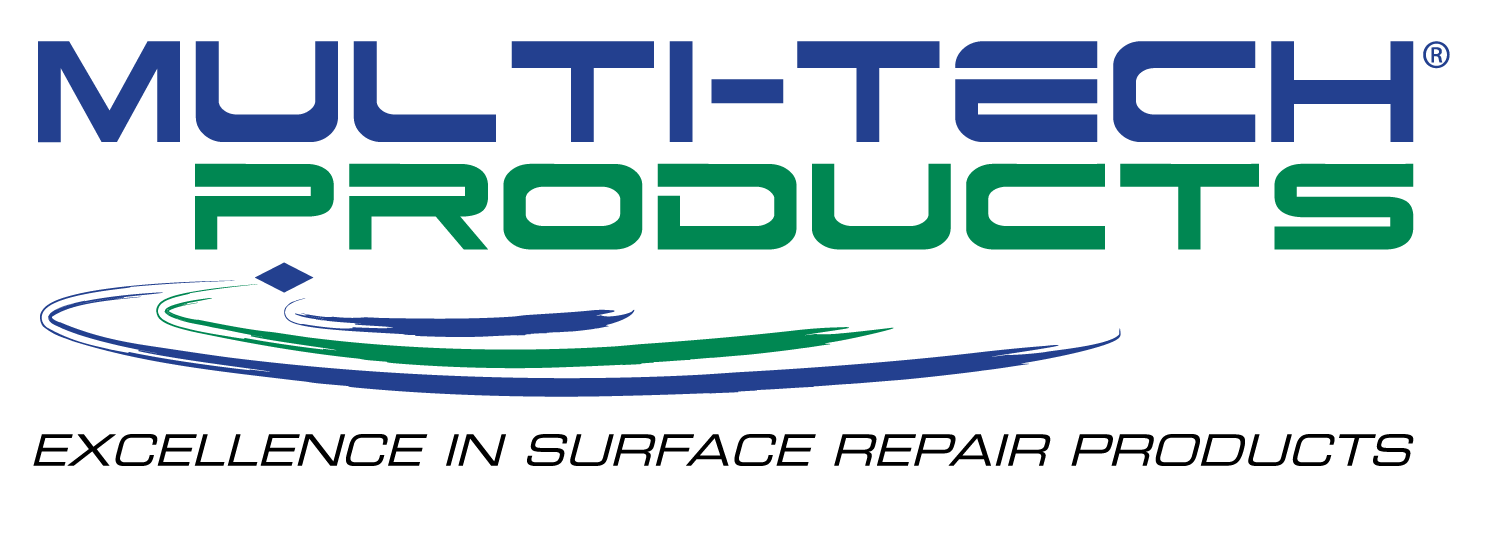Acrylic (polymethyl methacrylate) is a popular thermoplastic for spa and bath manufacture. It’s outstanding chemical resistance and exceptional weatherability combined with its ability to be thermoformed into complicated shapes, make it a preferred product for these applications. The product is supplied in the form of sheets, which are heated and formed to the product shape.
There are three processes to manufacture sheet. The oldest method, called cell casting, is performed by polymerizing the methyl methacrylate (MMA) between two pieces of glass. This produces a very high quality product due to the high molecular weight that can be achieved. However, it is the most expensive method of production. The cheapest method, extrusion, has become the prevailing method for making acrylic sheet throughout the world. However, since it is impossible to achieve the molecular weight of cell casting, extruded sheet cannot duplicate the properties of cell cast sheet, although it is satisfactory for most applications. The third manufacturing process is called continuous casting. The process utilizes long, stainless steel belts that are used to polymerize the MMA. The equipment needed for this process is extremely expensive, but it enables achieving properties near those of cell cast sheet, and offers considerable savings in production costs. However, it is more expensive than extrusion.
There are three manufacturers in the world that produce continuous cast acrylic sheet. They are Mitsubishi (Japan), Lucite(U.S), and Aristech(U.S.).
Spas and baths are among the most demanding applications for acrylic sheet due to exposure to heat, chemicals, and sunlight. The continuous cast process can produce “cross-linked” sheet, which provides maximum chemical resistance and thermoformability. It is also possible to produce unique colors and textures. Therefore, continuous cast acrylic has become the leading choice for spa and bath manufacture. Acrylic sheet’s deficiency is brittleness and impact resistance.
Extruded acrylics are occasionally used for bath manufacture, and a more common product is a two-layer sheet that has acrylic on the top surface, and another plastic such as ABS on the back. The lower molecular weight of extruded sheet results in reduced resistance to chemical attack. Since it cannot be cross-linked, it will have less thermoformability.
Acrylic sheet comes in many different colors, textures and effects. All standard bath colors offered by Kohler and American Standard are available in acrylic sheet. Granite-like surfaces, pearlescent, and marble colors have been popular spa products for several years. Please refer to the manufacturer’s website for current product information.
Bath fixtures and spas are produced by heating a sheet to about 500°F and using a vacuum to draw it into a mold for the desired shape. It is then sprayed on the back with polyester resin with fiber glass reinforcement.
Categories
- Bath & Shower
- Spa and Hot Tub
- Quick Glaze System
- MMA System
- Repair Filler Putty
- Surface Prep
- Texturing & Safety Additive
- Acrylic & Plastics Adhesives
- K2000 Products
- Acrylic & Gelcoat DIY Pastes
- Gelcoat Products
- Resins & Pastes
- Resin Additives
- Resin Thickeners
- Fiberglass
- Foam Support
- FRL Refinishing System
- Solvents & Strippers
- Laminating Tools & Supplies
- Plastic Jars & Bottles
- Glass Jars & Bottles
- Mixing Cups & Buckets
- Metal Cans
- Airbrushes & Touch-up
- Spraying Accessories
- Safety & Personal Protection
- Buffing & Polishing
- Sandpaper & Abrasives
- Repair Accessories & Tools
- Electric Tools
- DIY Products
- Instructional Videos
Quick Links
- Technical Info
- Applications
- About Us
